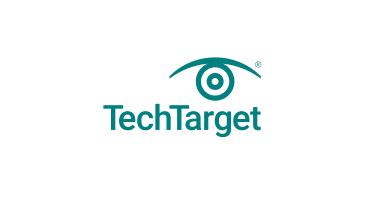Secure access service edge, or SASE, is a cloud-based architecture model that combines network and security technologies into one single cloud service. It provides organizations with a unified dashboard for their network and security tools, regardless of where employees and resources are located. SASE is a cost-effective and scalable solution for networking and security, making it convenient for organizations with an increasing number of remote workers and those using cloud services to run applications.
SASE architecture bundles different elements including software-defined wide area network (SD-WAN) with network security services such as Firewall as a service (FWaaS), Software as a service (SaaS), Secure web gateways (SWGs), Cloud access security brokers (CASBs), Endpoint security and Zero-trust network access (ZTNA). SASE platforms are multi-tenant and multi-regional, making them ideally suited for any organization that needs their network and security services to support users in any location worldwide.
SASE has four defining traits which makes it stand out from other traditional network solutions. First is the global SD-WAN service, which utilizes a private backbone to avoid latency issues and connect the different points of security and networking software. Second, SASE services uses distributed inspection and policy enforcement. Inline traffic encryption and decryption are table stakes in this service. Third, SASE services provide the cloud architecture and use cloud resources with no specific hardware requirements but doesn’t include service chaining. Finally, SASE services have access based on user identity markers to provide identity-driven access.
In the past, organizations consumed their security through legacy hardware networks and an outdated security architecture mindset. However, due to the adoption of cloud services, mobile workforces and edge networks, digital and cloud transformation are changing the way organizations are consuming network security. This shift has created a major change in the way companies consume network security which has resulted in the need for SASE.
The benefits of SASE include ease of use, enhanced network security, privacy controls and reduction in costs. Notable challenges include vendor lock-in, single point of failure, integration issues, collaboration between network and security teams and lack of industry standards.
SASE and Software-defined wide area network (SD-WAN) have some similarities. SD-WAN is a networking technique that controls data delivery over a WAN. It enables companies to build dependable, affordable links across many sites by using a variety of network connections, including broadband internet, 4G and MPLS. However, SASE combines SD-WAN with network security services, making it a broader approach to cloud-based architecture.
In conclusion, SASE is an innovative approach to network architecture that addresses the challenges of modern workplaces. It simplifies network security through a cloud-based solution, offering enhanced functionality and cost-effectiveness, but its relative newness and lack of accepted standards poses some challenges. Regardless, the overall benefits and flexibility offered by SASE is likely to continue attracting organizations as they search for an optimized security solution.
